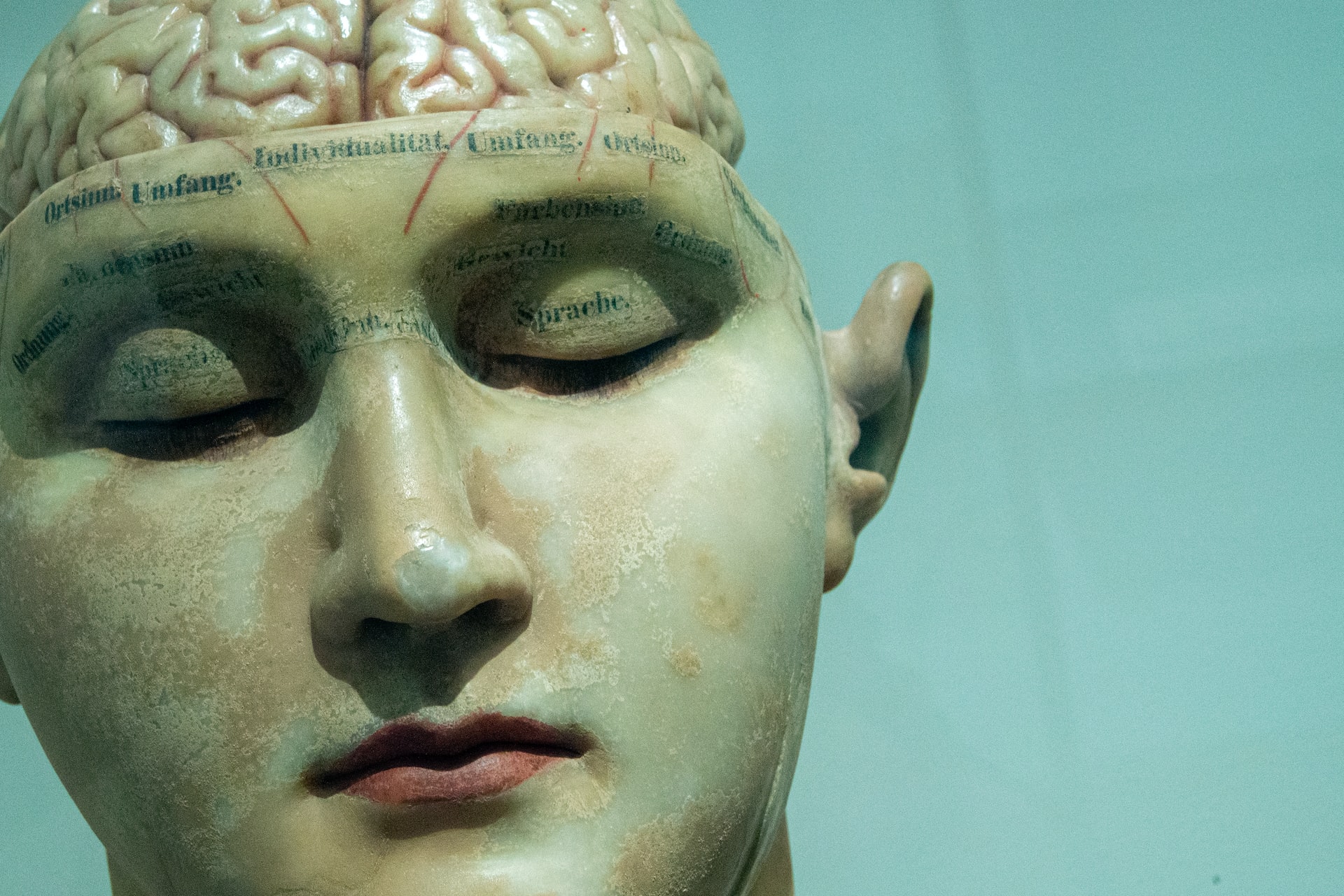Why Some Dementia Patients Struggle with Dressing and Personal Grooming
Dressing and personal grooming are everyday activities that many of us take for granted. However, for individuals with dementia, these tasks can become incredibly challenging. Dementia is a broad term that describes a decline in cognitive function, affecting memory, reasoning, and thinking skills. Alzheimer’s disease is the most common form of dementia, accounting for a significant portion of cases.
### Why Dementia Patients Struggle with Dressing
1. **Memory Loss and Confusion**: People with dementia often experience memory loss and confusion, which can make it difficult for them to remember how to dress or groom themselves. They might forget where their clothes are or how to put them on.
2. **Difficulty with Sequencing**: Dementia can impair the ability to sequence tasks, meaning that patients may struggle to understand the order in which they should dress. For example, they might put their socks on after their shoes.
3. **Fine Motor Skills**: Dementia can affect fine motor skills, making tasks like buttoning shirts or zipping pants very difficult. This can lead to frustration and anxiety during the dressing process.
4. **Sensory Issues**: Some people with dementia may have sensory issues, such as being sensitive to certain fabrics or textures, which can make dressing uncomfortable.
### Why Dementia Patients Struggle with Personal Grooming
1. **Cognitive Impairment**: Similar to dressing, cognitive impairment can make it hard for individuals to remember how to perform grooming tasks like brushing their teeth or washing their face.
2. **Coordination and Balance**: Dementia can affect coordination and balance, increasing the risk of falls while performing tasks like bathing or using the toilet.
3. **Perception Issues**: Some individuals may have difficulty perceiving their surroundings, which can lead to confusion about what they are seeing in the mirror or how to use grooming tools.
### How to Help
To assist dementia patients with dressing and personal grooming, caregivers can implement several strategies:
– **Use Simple Clothing**: Choose clothing that is easy to put on and take off, such as items with elastic waistbands and pullover tops. Avoid clothing with zippers, buckles, or small buttons.
– **Create a Routine**: Establish a daily routine that includes dressing and grooming at the same time each day. This can help reduce confusion and make these tasks feel more familiar.
– **Provide Clear Instructions**: Offer clear, step-by-step instructions to help guide the patient through the process. Be patient and supportive, as this can help reduce anxiety.
– **Modify the Environment**: Ensure the dressing area is well-lit, clutter-free, and easy to navigate. This can help reduce confusion and make the process smoother.
By understanding the challenges faced by dementia patients and implementing supportive strategies, caregivers can help maintain the dignity and independence of their loved ones.





